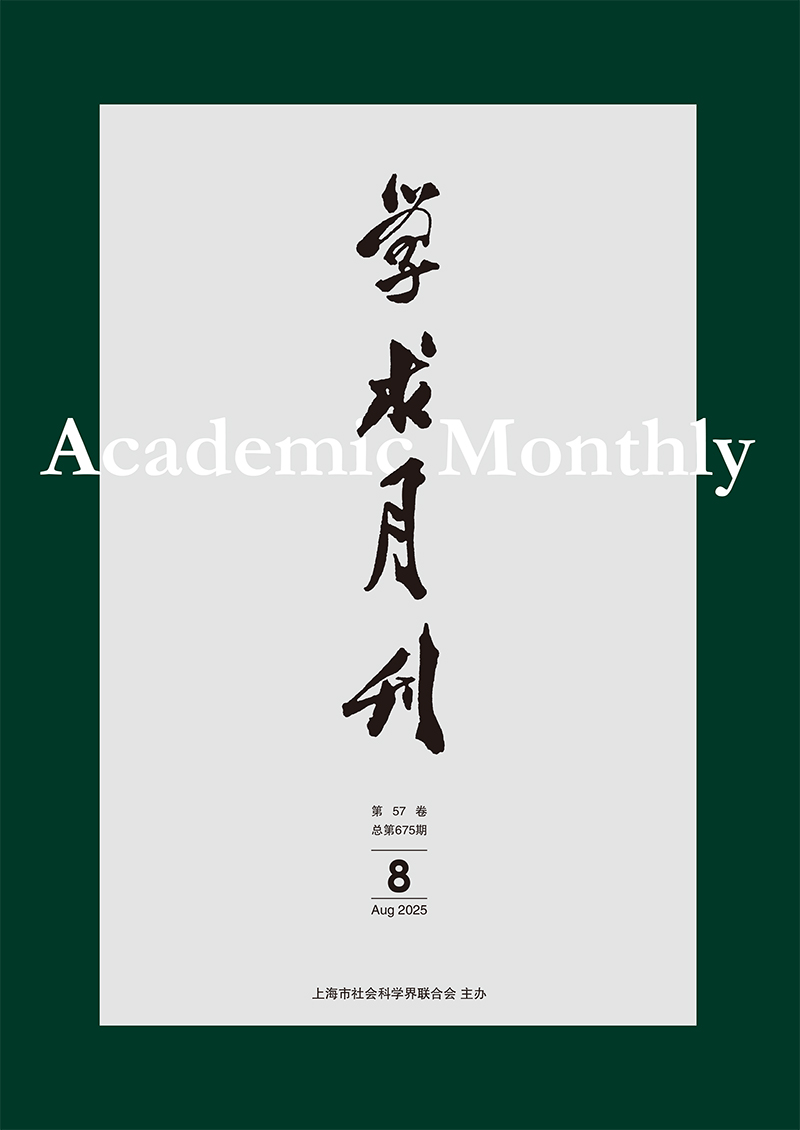The Adjustment of Traditional Feudal Concepts and Modern Diplomatic Practices——On the National Government's Honours Ceremony in Nepal
Abstract: In 1929, a dispute broke out between Nepal and Tibet of China. Driven by dual considerations of the traditional tributary system and modern sovereignty concerns, the National Government sought to restore Sino-Nepalese relations. From 1932 to 1946, three missions were successively dispatched by the National Government to Nepal for conferring decorations. Throughout the entire course of Sino-Nepalese interactions, competitive factors between China and Britain within Nepal have consistently existed, and the Nepali government skillfully leveraged the rivalry of these two powers to effectively preserve its national autonomy. From the interactions between the National Government and Nepal, it can be found within the National Government, the discussions regarding Sino-Nepalese relations underwent a rhetorical evolution-progressing from framing Nepal as a "vassal state" to establishing "diplomatic relations " and eventually adopting the discourse of "uplifting weaker nations". Nevertheless, traces of traditional Chinese "Tianxia" ("天下") doctrine remained vaguely in the underlying rhetoric, which holds universal significance for understanding construction of the nation-state and the transformation of diplomacy in modern China.



 沪公网安备 31010102003103号
沪公网安备 31010102003103号 DownLoad:
DownLoad: